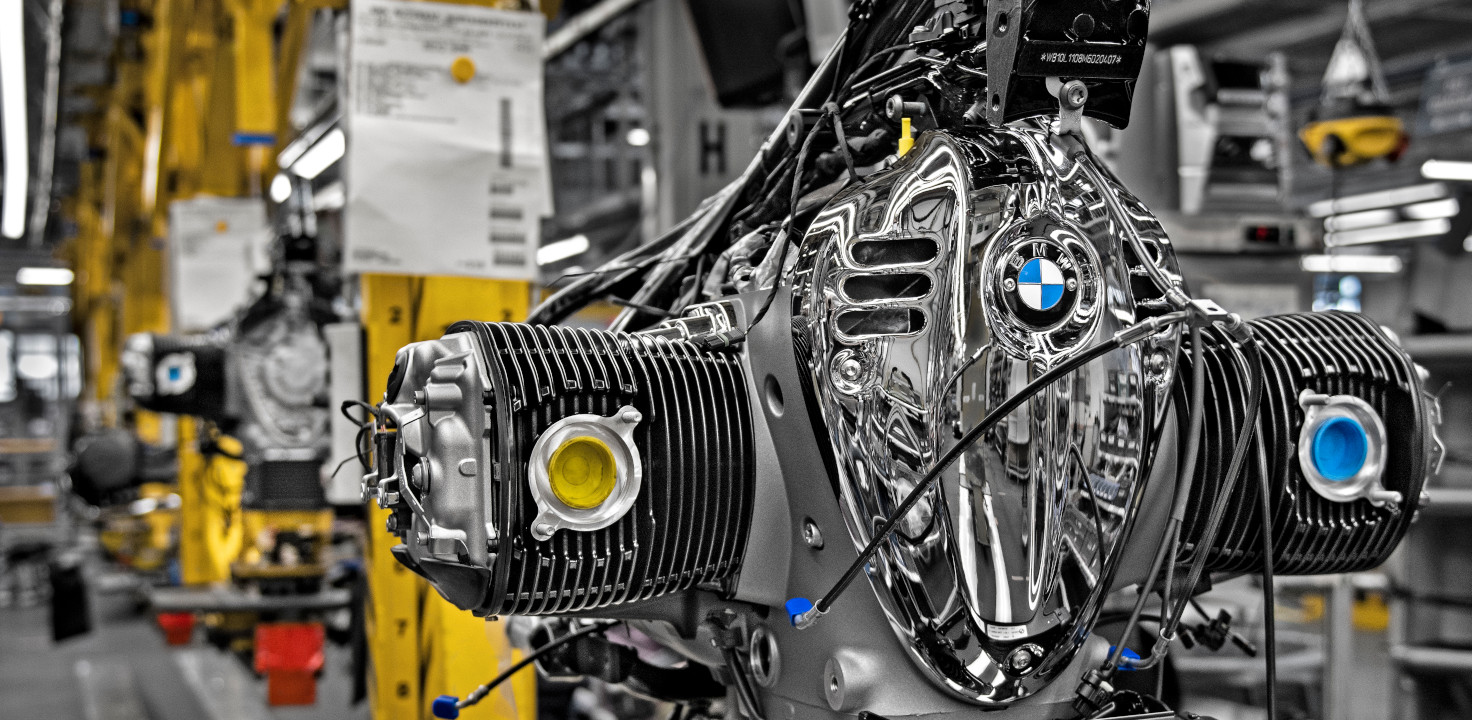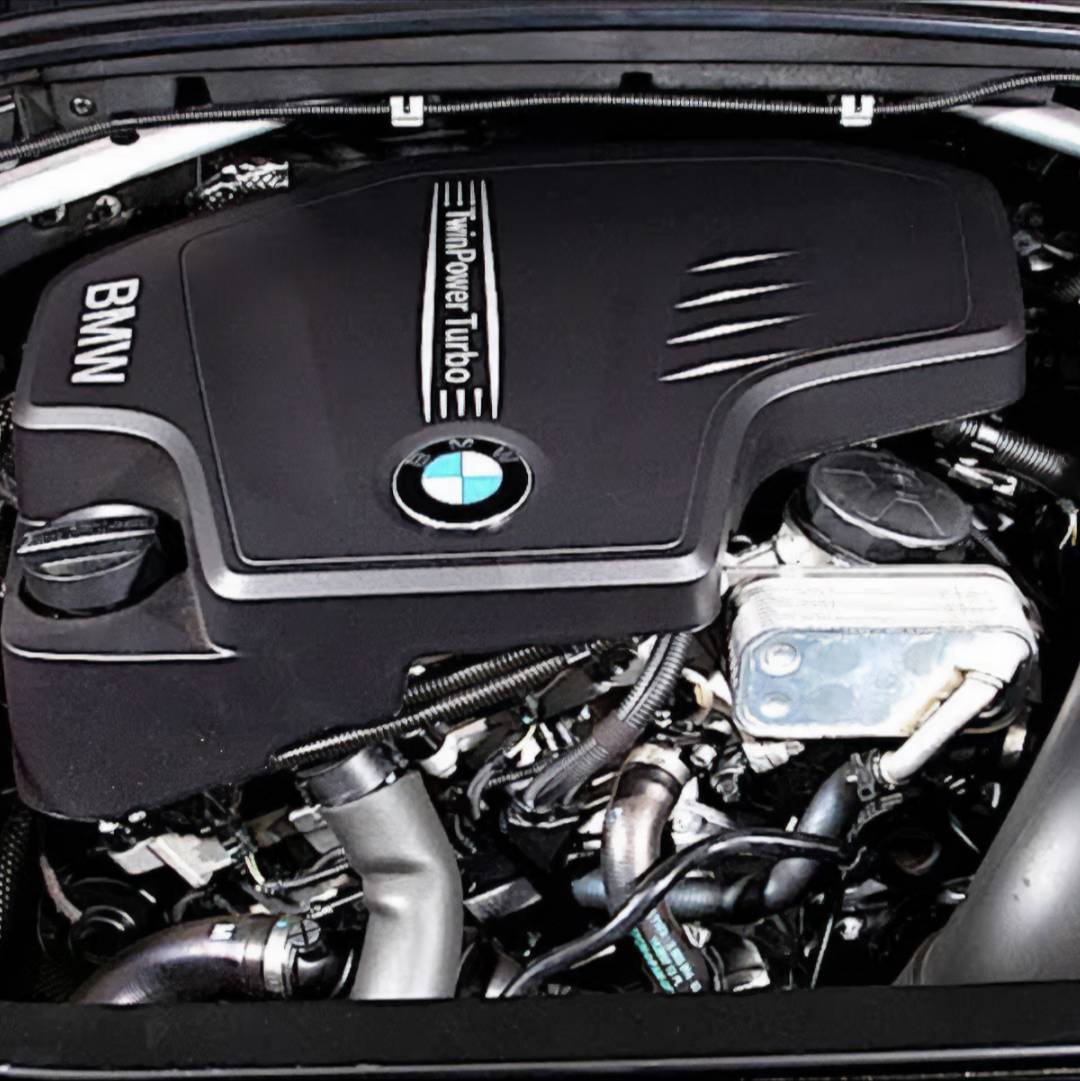Exploring the Efficiency Enhancements of the most recent BMW Engine Designs
Exploring the Efficiency Enhancements of the most recent BMW Engine Designs
Blog Article
Checking Out the Evolution of Combustion Engines in Modern Transportation Systems
As we navigate the landscape of modern-day transportation, the evolution of combustion engines stands as a testament to human ingenuity and engineering prowess. From their humble starts to the advanced powerhouses propelling lorries today, combustion engines have actually undergone an exceptional journey of development and adaptation. Recognizing the details of this advancement not just clarifies the past however additionally leads the way for visualizing what lies ahead in the realm of transport innovation. The interaction of history, innovation, and environmental problems fit the trajectory of burning engines creates a narrative that is both engaging and informative.
Early Beginnings of Combustion Engines
Exactly how did the principle of combustion engines initial emerge in the beginning of transportation advancement? When the principles of internal combustion were very first explored, the roots of burning engines can be mapped back to the 17th century. In 1673, Christian Huygens conceptualized a standard inner burning engine that made use of gunpowder to generate power. It had not been till the late 19th century that useful applications of combustion engines in transport started to emerge.
The innovation minute came with the invention of the first effective gasoline-powered engine by Karl Benz in 1885 - bmw engine. This engine paved the means for the development of the contemporary car, reinventing transportation systems worldwide. Succeeding developments by Nikolaus Otto and Gottlieb Daimler additionally refined combustion engine modern technology, resulting in the mass manufacturing of vehicles and the fast growth of the transport sector
These very early burning engines were identified by their simplicity and effectiveness, laying the foundation for the complex and powerful engines used in contemporary transportation systems. The development of combustion engines has actually been crucial fit the means we take a trip and carry items, noting a significant turning point in the history of transport advancement.
Change to Internal Combustion Modern Technology
The transition to internal burning innovation noted an essential change in the advancement of transportation systems. This change started in the late 19th century, with inventors like Nikolaus Otto and Gottlieb Daimler establishing the very first successful internal combustion engines. These engines changed transport by supplying a much more effective and effective choice to steam engines and electric motors.
One of the vital advantages of inner combustion engines was their capability to be scaled down to fit into automobiles, bring about the development of vehicles and motorcycles. This shift from bulky, stationary engines to small, mobile ones led the way for the contemporary transport systems we see today.
The transition to interior combustion technology likewise stimulated developments in fuel modern technology, leading to the growth of fuel and diesel as main gas sources for cars. This change not just made transportation much more available to the masses but likewise laid the structure for the oil and gas market to become important to international economies.
Effect of Combustion Engines on Transport
The fostering of burning engines in transport systems catalyzed a profound change in the performance and speed of global movement. Burning engines transformed transport by supplying a trustworthy and versatile resource of power for various cars, consisting of autos, aircrafts, vehicles, and ships. This innovation considerably boosted the capacity for people and goods to relocate over cross countries in much shorter timespan, bring about enhanced connectivity in between regions and countries.
Moreover, the extensive use burning engines has had a considerable influence on economic growth. The capacity to deliver products effectively has spurred trade and commerce, allowing organizations to increase their markets and reach customers worldwide. This has helped with economic development and globalization, as products can currently be delivered much faster and in larger amounts than ever.
However, the ecological effect of combustion engines can not be overlooked. The combustion of fossil gas has led to air pollution and greenhouse gas exhausts, adding to climate change and presenting wellness threats to populations. bmw engine. As an outcome, there is a growing emphasis on establishing different propulsion innovations to alleviate these unfavorable impacts and develop a much more lasting future for transportation
Innovations in Combustion Engine Style
Numerous advancements in about his combustion engine layout have actually moved the advancement of transportation systems over the decades. One notable innovation is the advancement of turbocharged engines, which utilize exhaust gases to drive a wind turbine that compresses inbound air, enabling more fuel to be burnt, causing increased power result without a considerable increase in engine size. In addition, direct injection innovation has improved gas efficiency and efficiency by specifically managing the quantity and timing of gas infused right into the combustion chamber. Variable shutoff timing systems have actually likewise changed engine style by enhancing airflow at various engine rates, boosting both power and effectiveness. Another significant development is the assimilation of light-weight materials such as carbon fiber and light weight aluminum alloys, reducing total engine weight and boosting vehicle fuel economic climate. Additionally, innovations in computer-aided layout have enabled designers to enhance engine efficiency and effectiveness through useful reference simulations before physical prototypes are constructed, conserving time and resources in the advancement process. These developments jointly contribute to the continual renovation of combustion engines in modern transportation systems.
Future Trends in Combustion Engine Growth
With innovation advancements driving continual advancement, the future of combustion engine advancement is poised to reinvent transportation systems globally. One of the vital patterns in burning engine development is the press in the direction of greater performance and minimized exhausts. Producers are spending heavily in r & d to enhance engine performance while meeting stringent ecological regulations. This consists of the combination of sophisticated gas injection systems, improved turbocharging methods, and making use of lightweight products to maximize fuel usage and decrease carbon emissions.
Another famous trend is the fostering of crossbreed modern technologies in burning engines. Crossbreed engines incorporate typical combustion technology with electrical power, offering boosted fuel effectiveness and lower emissions. As the automobile industry shifts in the direction of electrification, hybrid combustion engines are seen as a transitional solution that bridges the gap her comment is here between conventional lorries and fully electric ones.
Additionally, the combination of wise modern technologies, such as expert system and information analytics, is expected to play a considerable duty in the future of combustion engine growth. These modern technologies can optimize engine efficiency in real-time, causing more reliable burning processes and enhanced total car performance. Embracing these future fads will not just drive innovation in combustion engine advancement however likewise add to an extra sustainable and eco-friendly transportation environment.

Verdict
To conclude, the evolution of burning engines in modern-day transport systems has been noted by significant developments in technology and design. From the very early beginnings of combustion engines to the change to interior burning innovation, these engines have actually had a profound effect on transportation. Technologies in burning engine style proceed to drive progression in this field, with future trends concentrating on more enhancing performance and minimizing exhausts. The future of combustion engines in transportation looks encouraging as research and growth initiatives remain to push limits.
The roots of combustion engines can be traced back to the 17th century when the principles of inner burning were initial checked out. These engines changed transportation by providing a more powerful and reliable option to heavy steam engines and electrical motors.

Report this page